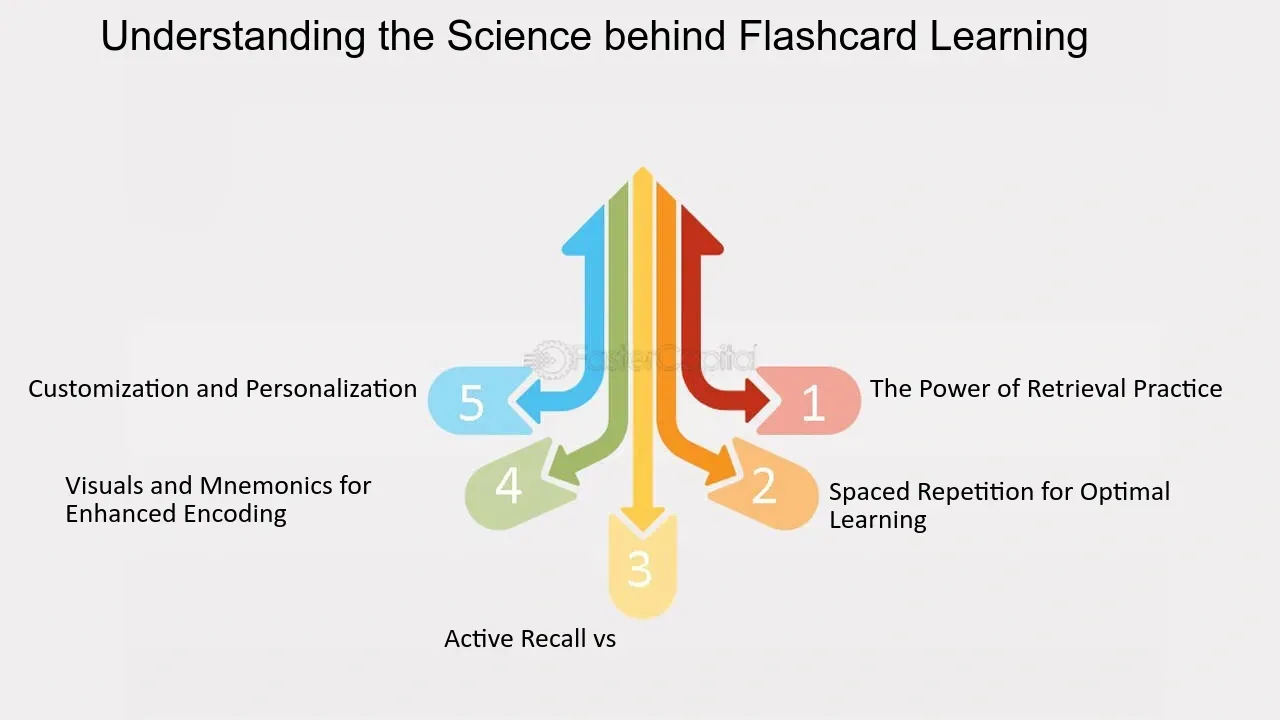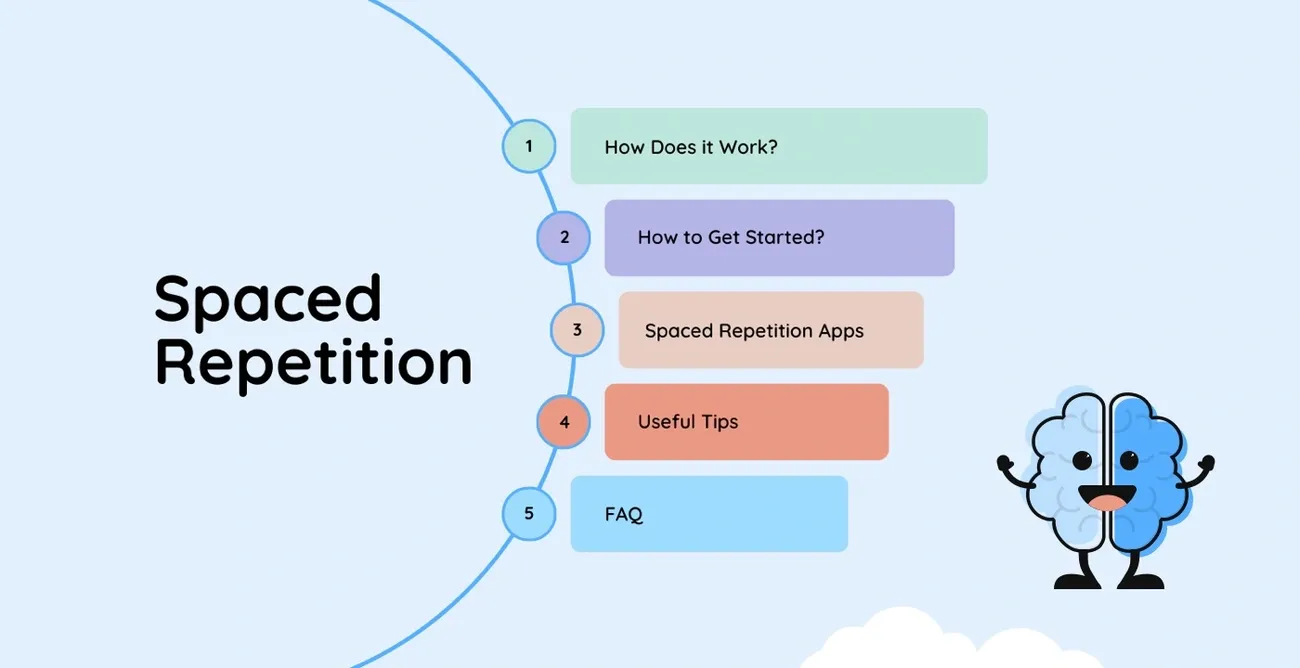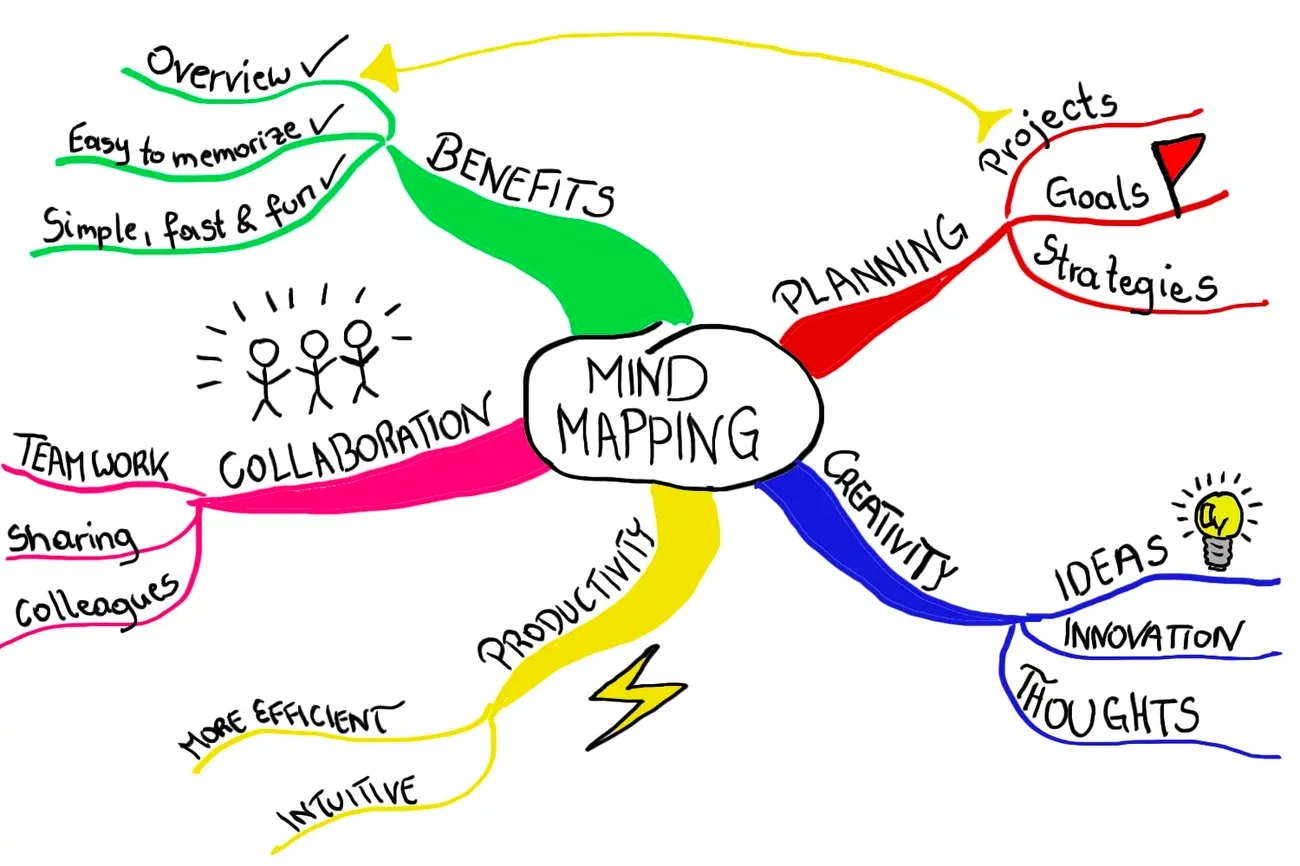The Student’s Guide to Seven Psychology: Research-Backed Study Secrets
Students who practice seven psychology principles for studying remember 80% of information compared to just 30% for those who don’t.
Research shows that most students still use study methods that don’t work. Students who cram their study time into long sessions or keep rereading textbooks work against their brain’s natural learning processes. Research in cognitive learning theories proves that only techniques backed by psychological research show a strong link to better grades.
These psychology study principles really work in practice. Research proves that spreading your study time across shorter sessions is nowhere near as effective as cramming everything into one long session. Your memory improves dramatically when you test yourself after each study session.
The principles in this piece will change how you learn – whether you’re learning about evolutionary psychology: the new science of the mind, studying psychodynamic vs psychoanalytic theories, or just preparing for your next exam. These research-backed techniques go beyond academics and help you become a quicker, more confident learner.
We’ll learn about seven proven psychological strategies that will revolutionize your study routine. These techniques, from retrieval practice to metacognition, have decades of cognitive research behind them. Let’s explore how you can use these powerful concepts in your learning experience.
1. Use Retrieval Practice to Strengthen Memory

Image Source: FasterCapital
Reading your textbooks over and over might feel like you’re learning, but research shows it doesn’t work well. Your brain learns best when you force it to recall information. This technique, called retrieval practice, makes you pull information from your memory instead of just reading it passively.
Why recalling is better than rereading
The science backs this up strongly. Students who use retrieval strategies remember 57% of material, while those who just read remember only 29%. Students who actively recall information can boost their test scores by up to 20%.
This huge difference has a simple explanation. Rereading tricks you into thinking you know the material – you recognize it and mistake that for real understanding. This false confidence leads to poor test results. The mental effort of retrieving information strengthens neural pathways and helps you remember things longer.
Lab studies show these benefits last. A single retrieval practice session improves memory for 9 months. Multiple sessions can help you remember for at least 8 years. This makes retrieval practice crucial for building knowledge that sticks with you through school.
How to apply the ‘read-recite-review’ method
The Read-Recite-Review (3R) method works better than just rereading or taking notes for both recall and inference questions.
Here’s how to use the 3R method:
- Read: Study the material first
- Recite: Close everything and say or write what you remember
- Review: Check your materials to find gaps and fix mistakes
McDaniel, Howard, and Einstein’s research suggests you should set a timer for 5-10 minutes during recitation. Try hard to remember without looking at your notes. Real learning happens during this struggle.
This approach works because it matches what you’ll do during exams – pulling information from memory without help. Each practice session makes future recall easier.
Tools for self-testing: flashcards, quizzes, and apps
Flashcards are great for retrieval practice. More than 20% of K-12 students and over 50% of college students use them. Research from Kent State University shows students often check answers too quickly or remove cards too soon.
Use flashcards the right way:
- Say your answer out loud before checking
- Keep cards until you get them right at least three times
- Space out your practice sessions
Digital tools make retrieval practice easier than ever. Apps like Quizlet, Anki, and Kahoot schedule reviews based on how well you do. You can practice during short breaks throughout the day to curb forgetting.
Quizzes offer another great way to practice retrieval. Students who test themselves can score up to 34 percentage points higher than those who just review.
It’s worth mentioning that retrieval practice goes beyond memorization. You’ll build stronger neural pathways that help you remember and apply information when you analyze and draw conclusions.
The quickest way to succeed with retrieval practice is to make it a habit. Don’t cram before exams. Build these techniques into your daily study routine to create lasting memories that help you through school and beyond.
2. Space Out Your Study Sessions

Image Source: Leitner Box Flashcards
Ebbinghaus’s research in 1885 found what psychologists now think of as one of the most powerful effects in memory research: the spacing effect. Students who spread their study sessions over time remember much more than those who study everything at once.
The science behind spaced repetition
Your brain forms long-term memories better when you use spaced repetition. This method times your study sessions to match how your brain works. Each time you review information with breaks in between, your brain builds stronger neural pathways.
Scientists have proven the spacing effect works. More than 200 studies over a century back this up. Students remember more when they spread out their practice sessions instead of cramming everything into one long session.
What makes this technique so effective? Several cognitive mechanisms are at work:
Study-phase retrieval theory shows how your brain works during review sessions. Each time you try to remember something after a break, your brain works harder. This extra effort helps form stronger memories. Quick reviews right after learning don’t help much because the information stays in your short-term memory.
Contextual variability makes learning stick better. Learning in different places or at different times creates multiple memory paths. Your brain automatically remembers things better when you return to where you first learned them, and you can add new information more easily.
How to schedule short, frequent sessions
Research shows these guidelines work best for scheduling your study sessions:
- Start early using your course syllabus as a guide
- Study for 1-2 hours every other day or twice weekly
- Look at Week 1 material again during Weeks 3 and 4
- Leave gaps between sessions that are 10-30% of how long you need to remember the material
Here’s a practical example: For a test in 30 days, review the material 3-9 days after you first learn it. If you need to remember something for 6 months, space your reviews about a month apart.
York University researchers found amazing results. Students scored half a letter grade higher when they reviewed their notes a week later instead of just one day after class.
Research by Cepeda and team showed that longer retention needs longer spacing. For a test in a week, review one day after learning. For a test in 70 days, wait 21 days before reviewing.
Avoiding the cramming trap
Most students know distributed practice works better than cramming. Yet many still try to learn everything right before exams. This habit seriously limits how much they can learn.
Cramming fails because your brain needs rest between learning sessions. This downtime lets your brain make the chemicals and signals needed for long-term memory. Without breaks, mental fatigue kicks in and thinking becomes harder.
Cramming also tricks you into thinking you know the material. You might recognize information without really understanding it. This leads to poor test scores when you need deeper knowledge.
Studies consistently show that spaced practice beats cramming for long-term memory, even with the same total study time. One study found that students learned twice as much science when they used spaced repetition instead of cramming.
Break the cramming habit with these tips:
- Study one or two topics each day instead of everything at once
- Keep your sessions short but frequent to stay focused
- Try the Pomodoro Technique study hard, then take short breaks
- Use spare moments like bus rides for quick reviews
Each minute of spaced review helps you learn more than the same time spent cramming. Think of it like exercising your memory each practice makes it stronger.
The key isn’t studying longer it’s studying smarter. These seven psychology principles, especially spaced repetition, change how your brain stores and recalls information. This builds a strong foundation for better grades and deeper learning.
3. Mix Subjects to Boost Retention
Students often think they should study one topic completely before moving to the next. New research shows this might actually limit how much they learn. A technique called interleaving can significantly improve retention and problem-solving skills compared to traditional methods.
What is interleaving?
Interleaving lets you switch between different but related topics during a single study session. Traditional blocked practice focuses on one concept at a time, creating an “AAABBBCCC” pattern. Interleaving mixes multiple concepts together into an “ABCABCABC” pattern. Your brain has to keep switching gears, making it harder but more rewarding in the end.
Scientists increasingly recognize interleaving’s effectiveness. Studies show it improves attention, triggers memory retrieval, encourages mental comparison, promotes relational processing, and mirrors real-life unpredictability. Best of all, it helps you tell similar concepts apart a vital skill for complex material.
Physics students who used interleaved assignments scored better on surprise tests than those using blocked assignments. The results showed impressive effect sizes of d = 0.40 in the first stage and d = 0.91 in the second stage. Test scores improved by 50% and 125% across both course phases.
When to use interleaving vs blocking
You should know exactly when to use interleaving versus blocking to study efficiently. Research suggests interleaving works best after you understand the basics of the material. Make sure you grasp each topic’s fundamentals before trying this method.
Research shows interleaving helps most when learning similar categories that people often mix up. Students learning related biological classifications or math concepts with shared elements can spot subtle differences better through interleaving.
Blocking still works better in some cases. Studies show it helps more with rule-based learning, especially when trying to spot underlying patterns. Both methods serve different purposes in your learning process.
Your exam timing affects which method to pick. Interleaving consistently beats blocking for long-term retention what most students need. Blocking might help more if you have a test within 24 hours. The goal should focus on building lasting knowledge rather than just passing tomorrow’s test.
Examples of mixing topics effectively
You can implement interleaving many ways based on your subjects and goals. Math students should mix algebra and geometry problems in the same session instead of completing one type at a time. This makes your brain identify the problem type and pick the right strategy exactly what happens during exams.
Language learners benefit from switching between vocabulary, grammar, and pronunciation rather than focusing on one area. This creates a more natural learning experience.
Medical students can alternate between cardiac physiology, anatomy, and biochemistry instead of spending all day on one topic. This matches research findings about effective learning.
Tips for effective implementation:
- Switch topics every 15-20 minutes
- Pick related concepts with clear connections
- Give each topic enough time for simple understanding
- Use different practice methods across topics
Science proves this approach creates “desirable difficulty” that improves learning through productive struggle. It might feel harder than blocked practice, but this mental effort builds stronger neural connections and helps you remember more.
Using interleaving with retrieval practice and spaced repetition creates a powerful study framework that matches your brain’s natural learning style.
4. Make Learning Meaningful with Elaboration
Learning works better when you process information deeply instead of just trying to memorize it. Research in cognitive science shows that making meaningful connections with new material through elaboration can boost your retention and understanding dramatically.
What is elaborative rehearsal?
Elaborative rehearsal helps you remember things by connecting new information to what you already know. This strategy works better than just repeating information over and over. You create meaningful associations that help you understand the material better.
Your brain moves information from short-term to long-term memory by building multiple pathways and connections. You relate new information to what you already know, come up with examples, and think about why the material matters.
Studies prove that elaborative rehearsal works nowhere near as well as simple repetition to help you remember things long-term. This happens because your brain processes information more deeply and fits new knowledge into what you already understand.
Creating examples in your own words
Creating your own examples stands out as one of the best elaboration techniques. Every time you learn something new, try to explain it without looking at your notes. You can write it down or say it out loud.
This method helps you in several ways:
- You organize your thoughts clearly
- You spot gaps in what you know
- You make personal connections that stick in your memory
- Your brain builds multiple ways to recall information
Check your understanding against your source materials after explaining concepts. Keep elaborating as you learn more about your subjects.
Specific, relatable details in your examples help you connect abstract ideas to real things. You might use descriptions, stories, objects, images, or models to make complex ideas more available.
Yes, it is helpful to create examples that show how to use information in real life. These examples give you a better understanding and show you how to solve problems step by step. Dr. Clark gave an explanation that “drawing upon students’ personal experiences can help unlock their understanding and increase the likelihood they will remember and integrate new information—leading to higher levels of understanding.”
Linking new ideas to what you already know
Your brain uses mental structures called schemas to organize knowledge. New information sticks better when you connect it to things you already understand.
Start by identifying what you know about related topics when learning something new. You learn best when comparing new knowledge to what you know—either adding information that fits with your understanding or adjusting your thinking to include new views.
Here’s how to connect new information to what you know:
- Ask yourself “how” and “why” questions about the material
- Create analogies between new concepts and familiar ideas
- Relate academic concepts to personal experiences
- Use visual mapping to connect related ideas
In fact, connections based on meaning and purpose last longer than those based on surface-level features. Research shows that you remember information better when questions make you think about its meaning and create deep connections.
Elaboration helps you avoid thinking you understand something when you don’t. Active knowledge building through meaningful study sessions serves you way beyond the reach and influence of exam day.
5. Organize Information Visually and Conceptually

Image Source: Alexander Young
Visual formats can help you understand and remember complex information better. Your brain naturally processes visual patterns. This approach boosts both comprehension and memory.
Using concept maps and outlines
Concept maps show relationships between ideas visually. Students who learn better with visual aids benefit the most, though these tools help everyone learn better. These study tools let you see the big picture. You start with higher-level concepts and group information based on meaningful connections. This bird’s-eye view makes details more meaningful and memorable throughout your studies.
Making a concept map is simple. Start with a central idea in the middle of your page and branch out with related concepts. Focus on how ideas connect to each other. Use connecting lines with descriptive phrases that explain these relationships. The “linking terms” are vital because they make you think about how concepts connect.
Outlining offers a different but equally useful way to organize information. Begin with main course concepts and add details underneath. This method helps you check what you know and find gaps in your knowledge. Both approaches work great for subjects with visual elements or when you need to understand how concepts relate.
Closed-book mapping for better recall
Closed-book mapping takes visual organization further and boosts retention. Try creating your concept map from memory without looking at notes or textbooks. This exercise helps you identify what you understand well and what needs review.
Check your notes and resources after making your initial memory map. Fill in any missing information. This process works as retrieval practice and strengthens your memory. Research shows that concept maps boost academic performance for all students.
To get the most from your review:
- Explain each part of your map out loud or in writing
- Add examples for different sections
- Draw your map again without looking and talk through each section
How frameworks help long-term memory
Concept maps and visual frameworks change how your brain stores information. The assimilation theory of meaningful learning states that real learning happens when new ideas combine smoothly with existing knowledge. Concept maps naturally support this process.
Visual organizers break down complex information into manageable parts. This makes content more available and easier to grasp, which helps students who find the material challenging. Research shows that concept maps present big-picture structure more clearly than text with its complex grammar.
Students with limited prior knowledge gain the most from learning with concept maps. These tools spread mental effort across both verbal and visual channels, which prevents mental overload. Their simpler structure reduces unnecessary mental processing compared to reading or writing text.
Visual organization tools do more than make information look good. They restructure knowledge to match your brain’s natural learning and memory patterns. This makes them vital tools in the psychology of studying.
6. Test Yourself and Learn from Mistakes
Self-testing serves as more than just an assessment tool – it’s a powerful way to learn. Research shows that testing helps retain information better than simply reviewing material. This phenomenon, known as the testing effect, makes self-testing crucial for academic success.
Why failure during practice helps
Learning opportunities emerge when mistakes happen during practice. Errors in study sessions trigger unique cognitive processes that lead to deeper learning. A study comparing traditional and Montessori education revealed something interesting. Only Montessori students displayed coherent brain activity after making mistakes. This suggested they used their errors as strategic learning tools.
Error-monitoring develops differently based on how students learn. Traditional education tends to discourage mistakes, which can limit students’ natural curiosity. Students think more reflectively and independently in educational systems that treat errors as chances to learn.
Using hints and feedback to improve
Testing becomes a powerful learning tool when combined with feedback. Studies show feedback amplifies positive effects while reducing negative impacts of testing. Delayed feedback often works better than immediate responses, though both work nowhere near as well as having no feedback at all.
Students learn best from mistakes when they:
- Receive supportive feedback with encouraging words
- Get specific feedback about their errors rather than general comments
- Take enough time to understand corrections
Many students avoid testing themselves because they fear failure. This avoidance comes from feeling uncomfortable about wrong answers rather than disliking tests. Adding strategic hints during self-testing makes students more willing to test themselves while keeping the learning benefits.
The psychology of studying through testing
Self-testing does more than just assess knowledge. Research shows it helps students better understand what they know and don’t know, which improves metacognition. This self-awareness leads to more effective studying by targeting weak areas.
Testing makes future study sessions more effective – a phenomenon called test-potentiated learning. Testing also helps retain related but untested material through retrieval-induced facilitation.
Struggling with seven psychology concepts? Get live tutoring on psychodynamic vs psychoanalytic theories, cognitive learning, and evolutionary psychology. Book your session now!
The testing effect works in any format – multiple-choice, fill-in-blank, or open-ended questions all work better than just reviewing. Each format triggers different retrieval processes and builds various memory pathways. Free recall tests show the strongest results (d=0.81), followed by cued recall (d=0.72) and recognition (d=0.36).
Regular self-testing through practice tests, flashcards with hints, or teaching others creates a robust learning framework. This approach matches your brain’s natural way of processing and storing information.
7. Reflect on What Works for You
Your final step to become skilled at the psychology of studying requires you to look inward and review which techniques actually work best for you. You’ll achieve maximum results when you understand your own learning processes and customize your approach.
Understanding metacognition
Metacognition defined as awareness and control of thinking for learning forms the foundations of all effective study strategies. Students who develop strong metacognitive skills consistently perform better than their peers who are still developing this awareness. This happens because metacognition helps you spot concepts you don’t understand and choose the right strategies to learn them.
Your learning experience involves two key components of metacognition: metacognitive knowledge (understanding your own thinking patterns) and metacognitive regulation (how you control your thinking for learning). This self-awareness lets you build on the previous six psychology principles and implement them strategically based on your unique needs.
How to evaluate your study habits
You can assess your study approaches accurately by:
- Setting specific study goals and tracking your progress
- Recording which strategies worked after each exam or assignment
- Asking if you distribute study time well across subjects
- Making sure your environment supports focused learning
A well-laid-out self-evaluation through journaling works especially when you keep a study diary. You should quickly note what worked well, any challenges you faced, and ways to improve after each study session.
Avoiding illusions of competence
The “illusion of competence” traps many students—they believe they understand material better than they actually do. This misconception often happens when students mistake familiarity with genuine understanding. So when material feels familiar after seeing it multiple times, you might wrongly think you’ve mastered it.
To curb this illusion:
- Test yourself honestly instead of just reviewing notes
- Start with your most challenging material
- Write down definitions and explanations instead of just thinking about them
- Create examples in your own words without source material
Note that people often base their confidence on recognition rather than recall. You should practice retrieving information fully from memory instead of relying on hints or partial information. This approach shows you exactly what you know.
Conclusion
The psychology-backed study techniques in this piece show a better way to learn that matches how your brain processes and retains information naturally. These seven research-based strategies provide a framework to master any subject, instead of relying on gut feeling or traditional methods that seem productive but give limited results.
Retrieval practice emerges as the most powerful technique. It actively strengthens neural pathways each time you recall information without checking your notes. This approach creates lasting memories that stay available for years rather than days when combined with spaced repetition. The methods might feel more challenging than passive rereading at first, but this productive struggle actually boosts your learning.
Mixing subjects instead of blocking them together creates beneficial difficulty that pays off through better discrimination between similar concepts. Elaboration turns surface-level memorization into deep understanding by linking new information with existing knowledge.
Visual organization through concept maps and outlines helps you spot relationships between ideas while reducing cognitive load. Self-testing finds knowledge gaps while reinforcing what you’ve learned. Metacognitive reflection brings everything together by helping you tailor these approaches to your unique learning needs.
These techniques work together – each boosts the effectiveness of others. Starting with just one or two techniques works well if using all seven feels overwhelming. Many students find that beginning with retrieval practice and spaced repetition builds an excellent foundation before adding the remaining techniques.
The path to academic success starts with understanding how learning actually works. These psychology-based strategies give you the tools to tap into your full learning potential and achieve your academic goals.



